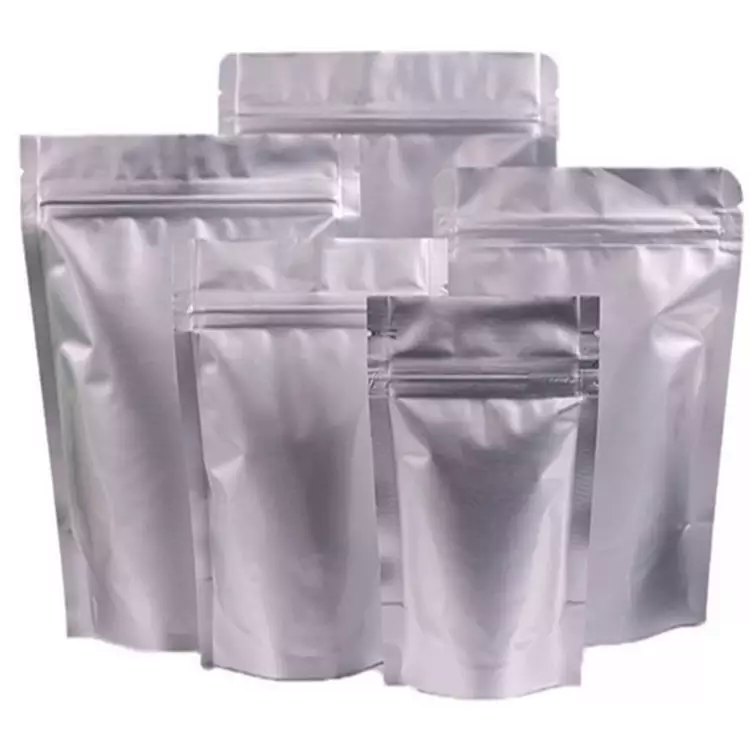TIN(II) OXIDE
Synonym(s):Stannous oxide;Tin monoxide
- CAS NO.:21651-19-4
- Empirical Formula: OSn
- Molecular Weight: 134.71
- MDL number: MFCD00011243
- EINECS: 244-499-5
- SAFETY DATA SHEET (SDS)
- Update Date: 2025-01-27 09:38:02

What is TIN(II) OXIDE?
Chemical properties
black crystals with a characteristic odour. Tin oxide is insoluble in water but soluble in acids and alkalis and slightly soluble in ammonium chloride. Tin oxide is incompatible with acids and/or alkalis.
The Uses of TIN(II) OXIDE
Tin(II) oxide is used as reducing agent, soft abrasive, and in preparation of stannous salts. It is used in the manufacture of copper ruby glass, and for illumination with UV light.
The Uses of TIN(II) OXIDE
Reducing agent; preparation of stannous salts.
General Description
Brownish-black powder or black to blue-black crystalline solid. Mp: 1080°C (decomposes); density: 6.45 g cm-3. Insoluble in water.
Reactivity Profile
TIN(II) OXIDE is a reducing agent. Unstable in air due to slow oxidation to tin(IV) oxide. At 300°C this oxidation proceeds incandescently. Incompatible with strong oxidizing agents. Reacts with acids and with strong bases.
Properties of TIN(II) OXIDE
| Melting point: | 1080 °C |
| Density | 6,95 g/cm3 |
| storage temp. | Store at RT. |
| solubility | insoluble in H2O, ethanol; soluble in acid solutions |
| form | powder |
| color | Blue-black |
| Specific Gravity | 6.95 |
| Water Solubility | Insoluble in water, and alcohol. |
| Hydrolytic Sensitivity | 4: no reaction with water under neutral conditions |
| Merck | 14,8787 |
| Exposure limits | ACGIH: TWA 2 mg/m3 NIOSH: IDLH 100 mg/m3; TWA 2 mg/m3 |
| Stability: | Stable. Incompatible with strong acids, strong bases. |
| CAS DataBase Reference | 21651-19-4(CAS DataBase Reference) |
| EPA Substance Registry System | Stannous oxide (21651-19-4) |
Safety information for TIN(II) OXIDE
| Signal word | Danger |
| Pictogram(s) |
 Exclamation Mark Irritant GHS07  Health Hazard GHS08 |
| GHS Hazard Statements |
H302:Acute toxicity,oral H317:Sensitisation, Skin H319:Serious eye damage/eye irritation H372:Specific target organ toxicity, repeated exposure |
| Precautionary Statement Codes |
P260:Do not breathe dust/fume/gas/mist/vapours/spray. P280:Wear protective gloves/protective clothing/eye protection/face protection. P314:Get medical advice/attention if you feel unwell. P301+P312:IF SWALLOWED: call a POISON CENTER or doctor/physician IF you feel unwell. P302+P352:IF ON SKIN: wash with plenty of soap and water. P305+P351+P338:IF IN EYES: Rinse cautiously with water for several minutes. Remove contact lenses, if present and easy to do. Continuerinsing. |
Computed Descriptors for TIN(II) OXIDE
New Products
4,4-Difluoropiperidine hydrochloride tert-butyl 9-methoxy-3-azaspiro[5.5]undecane-3-carboxylate Indole Methyl Resin N-Isopropylurea N,N-Dicyclohexylcarbodiimide(DCC) MELDRUMS ACID 5-METHYLISOXAZOLE-4-CARBOXYLIC ACID Magnessium Bis glycinate Zinc ascorbate 1-bromo-2-butyne 2-acetamidophenol 9(10H)-anthracenone Erythrosin B, 4-Piperidinopiperidine 2-((4-morpholinophenylamino) (methylthio) methylene) malononitrile 2,4-dihydroxybenzaldehyde 3-(4-morpholinophenylamino)-5-amino-1H-pyrazole-4-carbonitrile Methyl 2-methylquinoline-6-carboxylate 2,6-dichloro-4-nitropyridine 4-Bromo-2-chlorobenzonitrile 2-(benzylamino)acetic acid hydrochloride 4-(tert-Butoxycarbonylamino)but- 2-ynoic acid 3,4-dihydro-2H-benzo[b][1,4]dioxepine 1-Phenyl-1-cycloprppanecarboxylicacidRelated products of tetrahydrofuran








You may like
-
 21651-19-4 99%View Details
21651-19-4 99%View Details
21651-19-4 -
 Tin(II) oxide CAS 21651-19-4View Details
Tin(II) oxide CAS 21651-19-4View Details
21651-19-4 -
 21651-19-4 STANNOUS OXIDE 99%View Details
21651-19-4 STANNOUS OXIDE 99%View Details
21651-19-4 -
 Stannous oxide, 99.9% CAS 21651-19-4View Details
Stannous oxide, 99.9% CAS 21651-19-4View Details
21651-19-4 -
 Stannous oxide CAS 21651-19-4View Details
Stannous oxide CAS 21651-19-4View Details
21651-19-4 -
 Tin(II) oxide CAS 21651-19-4View Details
Tin(II) oxide CAS 21651-19-4View Details
21651-19-4 -
 Tin(II) oxide CAS 21651-19-4View Details
Tin(II) oxide CAS 21651-19-4View Details
21651-19-4 -
 Powder Stannous Oxide 21651-19-4View Details
Powder Stannous Oxide 21651-19-4View Details
21651-19-4
